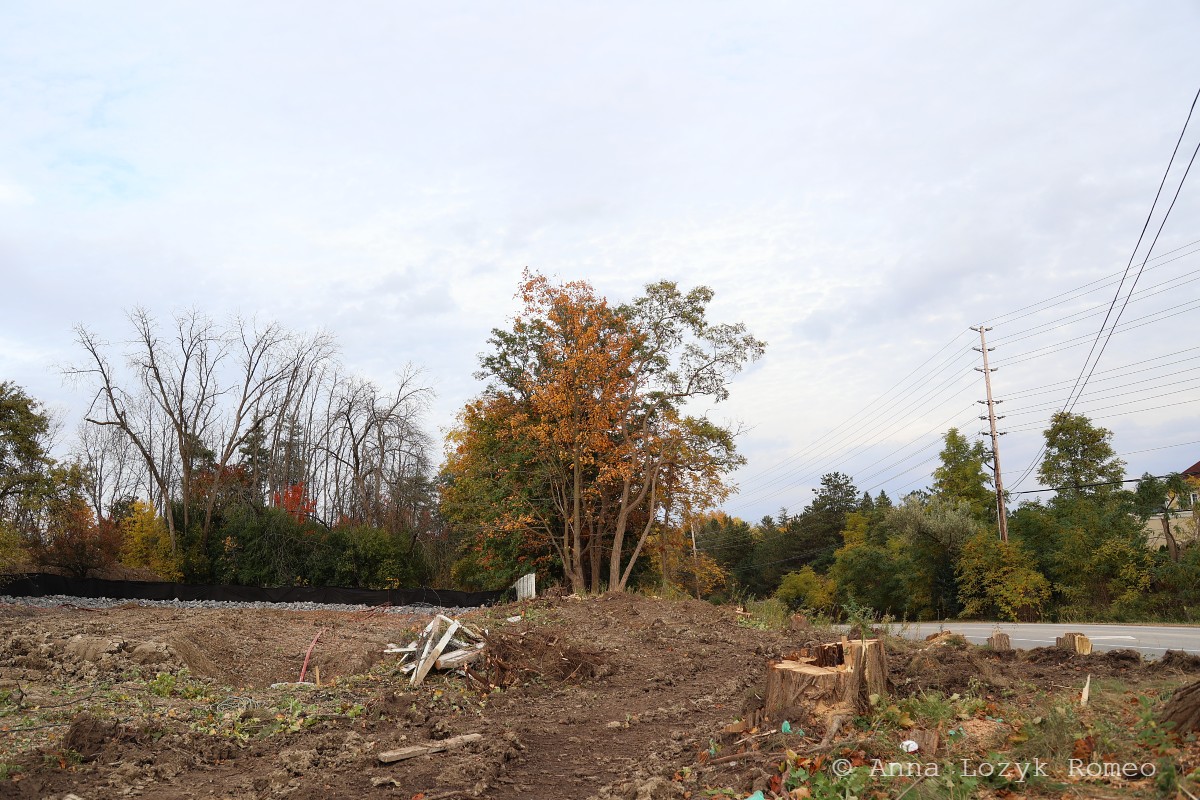“I’m not against development but …” is a phrase often echoed by residents who turn up at Town Hall with a long list of reasons as to why, in their opinion, a particular development should be given the ‘thumbs down’. But before we jump to the conclusion that every ‘complainer’ is a NIMBY or an overly-emotional tree-hugger, let’s recognize some important facts.
‘NIMBYism’ has been twisted, likely strategically, into a term often depicting those who seek to protect, apparently to the detriment of others and the ‘greater good’, the privilege of having, say, a woodland close to their home. But, before the stones are hurled at these so-called selfish complainers, you have to look closely at what’s being lost by the community as a whole and what’s really (i.e., not what you’re told is) being gained. Basically, it’s about balance and making sure developers don’t take too much and leave too little. Those living right next door to these development proposals usually have the strongest sense of what’s about to be lost. They’re our communal ‘eyes and ears’, sounding an early alarm to which we should all pay attention.
“In short, the critical balance between development and preserving the natural environment has somehow been lost and this urgently needs to be corrected.”
Residents living near the Shining Hill Phase 2 development on St. John’s Sideroad (between Yonge and Bathurst) turned out in force in 2019 to voice their concerns about the density of this proposal. They weren’t saying “don’t build” but just “don’t build too much” on these environmentally sensitive lands. Council told Shining Hill to come back to the table with something more reasonable. Afterall, the Official Plan (OPA 37) actually demanded “primarily low intensity, environmentally sensitive development” of these lands. Despite this, the developer duly came back with a reduction in lots from 92 to 90. Council approved this in 2020, and we can now see what we’ve all lost, the evidence becoming clearer by the day; hundreds of mature trees torn down, wildlife habitat and two ponds removed. Those mature trees were helping to mitigate the increasing, adverse effects of a changing climate. They were part of our green infrastructure and there’s nothing ‘emotional’ about that, nor the fact they had a monetary value, like any other municipal asset.
Who wins? Since this is being marketed as a luxury, gated community, the ‘winners’ won’t be average home-owners, let alone first-time buyers. Suffice to say, it’s likely not going to solve a housing crisis any time soon.
While Shining Hill is a sound example of a balance tipping too far in favour of development, there are also other examples of recent proposals such as Wellington/John West Way; Vandorf Sideroad/Bayview; and Wellington/Leslie. In each case, residents said the same thing: “we’re not against development, just not this big and not at the expense of the natural environment.”
The next four years will see our remaining natural areas, both large and small, increasingly threatened, under the premise that we need more housing. While, yes, we need more housing, we also need a Council that recognizes the fact that you can’t keep endlessly chipping away at natural features and expect this not to have a cumulative negative impact. Encroachment into environmentally sensitive lands now seems to be the norm, as are reduced protective buffers, with houses pushed right next to and sometimes into sensitive features. That’s not OK.
In short, the critical balance between development and preserving the natural environment has somehow been lost and this urgently needs to be corrected.
George Skoulikas and Wendy Kenyon
Aurora, ON
Originally published as Letter to the Editor
Page 4 of THE AURORAN, Thursday, September 8, 2022 [PDF]

[…] The Importance of Balance Between Growth and Preservation of the Natural Environment […]